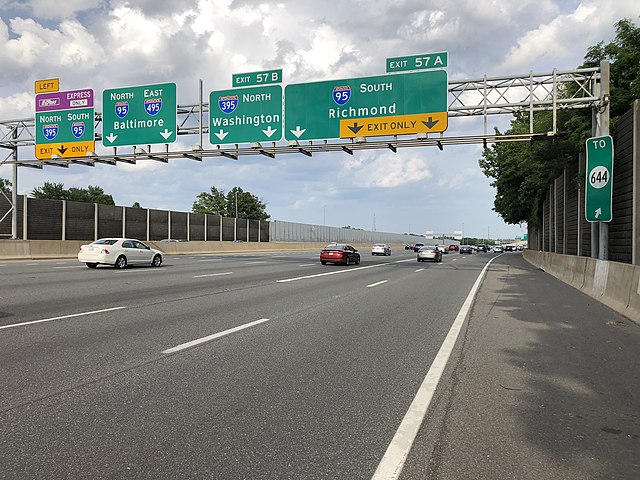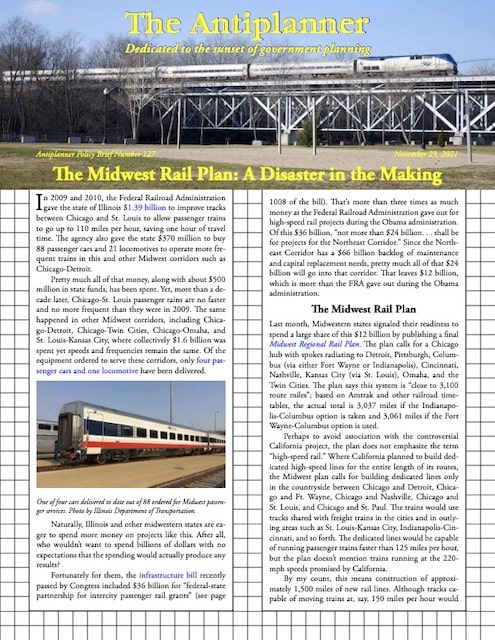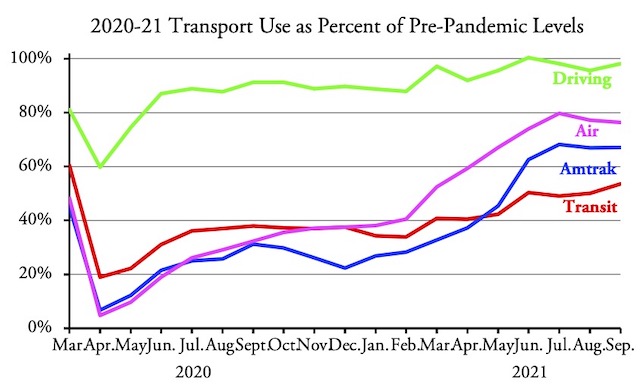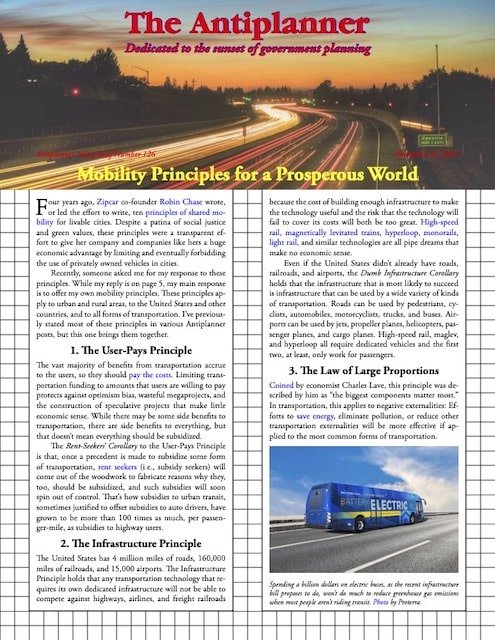The Department of Transportation’s twitter page recently posted a tweet showing a hypothetical zoomer promoting the Build Back Better Act. “The new infrastructure law is going to make getting from place to place so much better over the next decade and when combined with the Build Back Better Act it will create millions of new jobs,” says the zoomer.
?????????????????? pic.twitter.com/vBVanOBCuK
— TransportationGov (@USDOT) November 26, 2021
I’m not sure if there is a federal law forbidding an agency from lobbying the public in favor of a non-partisan bill, but it is generally frowned on. Legal or not, many if not most of the responses from people in the twitter universe were negative. Continue reading













